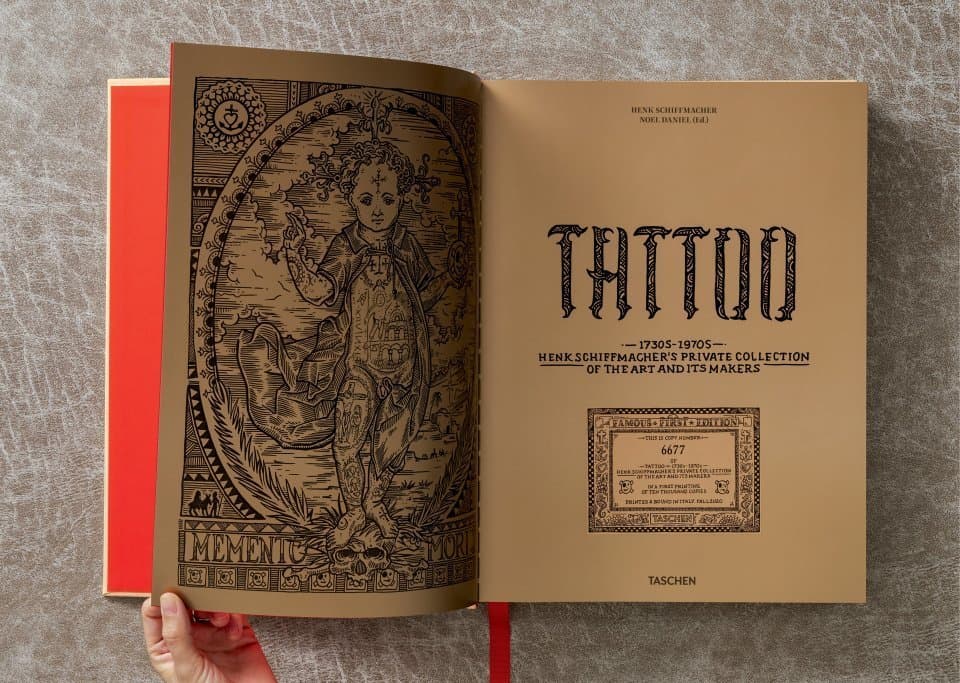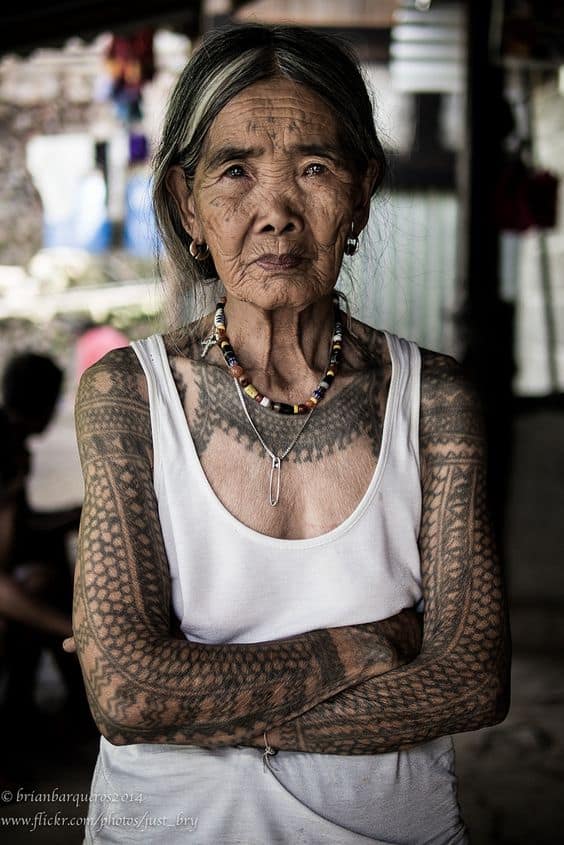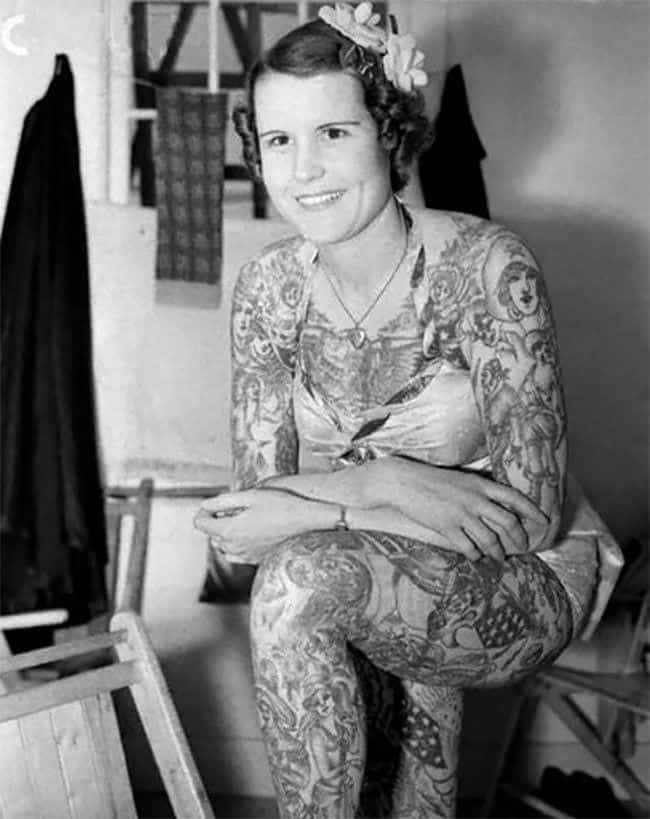History of Tattoos: The Origins and Evolution

Tattoos, the ancient art of permanently adorning the skin with ink, hold a rich and diverse history that spans cultures and civilizations across the globe. From symbols of status and spirituality to expressions of personal identity and artistry, tattoos have served myriad purposes throughout history. Delving into their origins unveils a fascinating narrative of human creativity, tradition, and societal evolution.
Origins of Tattooing
The origins of tattooing can be traced back thousands of years, with evidence dating as far back as the Neolithic era. Ötzi the Iceman, a well-preserved mummy from around 3300 BCE, was discovered in the Alps with over 60 tattoos adorning his body. These early tattoos were likely created using soot or charcoal and served purposes ranging from medicinal to spiritual.
Across various ancient civilizations, including the Egyptians, Greeks, Romans, and indigenous tribes, tattoos held diverse meanings and applications. In ancient Egypt, tattoos were associated with religious rituals and therapeutic practices. The Greeks and Romans used tattoos to mark slaves and criminals, while also utilizing them for identification and decorative purposes.
Tattoos in Indigenous Cultures
Indigenous cultures around the world have long embraced tattooing as an integral part of their traditions and identities. From the intricate geometric patterns of Polynesian tattoos to the symbolic designs of Native American tribes, tattooing served as a means of cultural expression, storytelling, and spiritual connection.
In Polynesian culture, tattoos, known as “tatau” in Samoa and “tā moko” in Maori culture, held deep significance. They conveyed a person’s genealogy, social status, and life achievements. Each motif and placement carried specific meanings, making Polynesian tattoos a form of visual language that spoke of an individual’s identity and lineage.
Similarly, Native American tribes used tattoos to symbolize tribal affiliations, achievements in battle, and connections to the natural world. Tattoos were often created using traditional methods involving sharpened bone or thorns to puncture the skin and natural pigments for color, showcasing a deep connection to the earth and ancestral traditions.
Tattooing in Asia

Image source: https://boodijewellery.com/wp-content/uploads/2017/06/Whang-Od-Kalinga-Tattoo-artist.jpg
In Asia, tattooing has a long and intricate history, with each region boasting its own unique styles and cultural significance. In Japan, the art of tattooing, known as “irezumi” or “horimono,” has been practiced for centuries and is deeply intertwined with the country’s rich cultural heritage.
Initially associated with criminality and marginalized groups, tattooing in Japan evolved into a revered art form, with master tattoo artists known as “horishi” creating elaborate full-body designs. These tattoos often depicted mythological creatures, historical scenes, and symbolic motifs, serving as both aesthetic adornments and markers of personal identity.
In Southeast Asia, particularly in Thailand, tattooing has spiritual connotations deeply rooted in Buddhist and animist beliefs. Sak Yant tattoos, performed by Buddhist monks or traditional tattoo design masters, are believed to imbue wearers with protection, strength, and good fortune. Each design carries specific blessings and magical properties, making Sak Yant tattoos highly sought after by devotees seeking spiritual guidance and protection.
The Evolution of Tattooing in the West

Image source: https://i.pinimg.com/736x/75/37/5f/75375f029dd9091e85b97be9cf22acf1.jpg
In the Western world, tattooing underwent significant transformations over the centuries, reflecting changing societal attitudes and cultural movements. While tattoos were initially associated with sailors, soldiers, and fringe subcultures, they gradually gained broader acceptance and popularity.
During the 18th and 19th centuries, tattoos became fashionable among European aristocrats, with royals and elites adorning their skin with ornate designs inspired by exotic cultures encountered through colonialism. However, tattoos also remained prevalent among working-class communities, serving as badges of identity and solidarity.
The 20th century saw tattooing evolve into a mainstream form of self-expression and artistry, thanks in part to the rise of tattoo pioneers like Norman Collins, better known as Sailor Jerry, and Lyle Tuttle. Tattoo parlors proliferated, and new tattooing techniques and technologies emerged, allowing for greater precision and creativity in design.
Contemporary Tattoo Culture

image source: https://inkedmag.com/wp-content/uploads/2023/05/13269_X_screen-shot-2018-12-03-at-95836-am.png
Today, tattoos are more popular and diverse than ever before, transcending cultural boundaries and social stigmas. From minimalist blackwork to vibrant watercolor designs, the possibilities are endless, reflecting individual tastes, beliefs, and experiences.
Tattooing has also found a place in the world of fine art, with renowned artists like Kat Von D and Dr. Woo gaining recognition for their innovative approaches to tattooing. Tattoos are celebrated in museums and galleries, showcasing the intricate craftsmanship and cultural significance of this ancient art form.
Moreover, tattoos continue to serve as powerful symbols of personal identity, resilience, and empowerment. For many individuals, getting their first tattoo is a deeply personal and transformative experience, allowing them to reclaim ownership of their bodies and express themselves authentically.
Conclusion
The history of tattoos is a testament to the enduring human desire for self-expression, connection, and belonging. From ancient rituals to contemporary art forms, tattoos have evolved alongside humanity, leaving an indelible mark on cultures and societies around the world. As we continue to embrace the diversity and richness of tattoo culture, we honor the legacy of those who came before us, weaving their stories and traditions into the vibrant tapestry of human experience.
